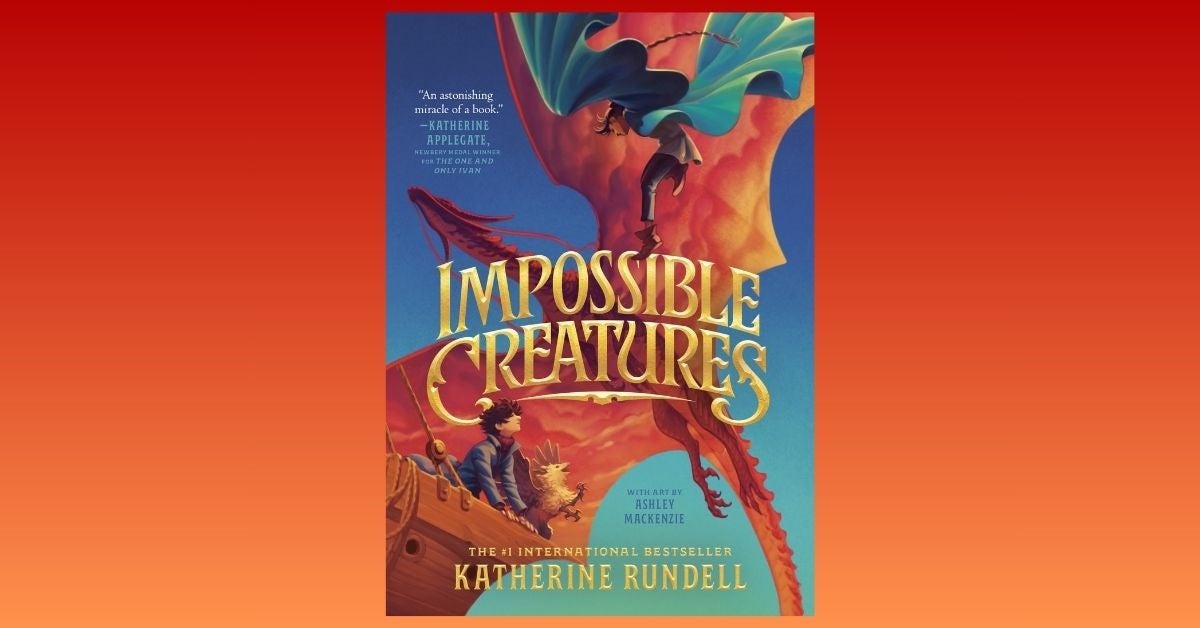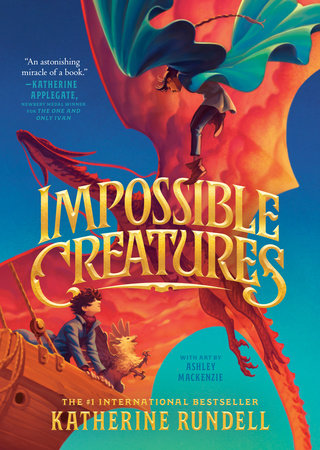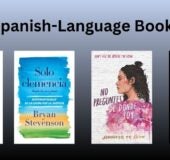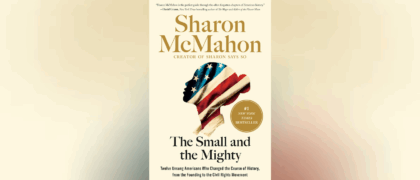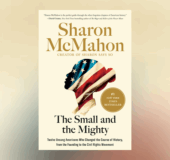The Archipelago is a hidden world where magical creatures of every kind thrive. What research did you do to help create your collection of mythological animals?
I spent many wonderful hours in libraries researching the magical creatures that we were once absolutely convinced were real. I read mythical encyclopedias, old manuscripts (in my other work, I research Renaissance literature at Oxford, so I have access to fantastic, dusty archives), and ancient histories, all to create a file with hundreds of pages of notes about my creatures. We used to believe there were unicorns in the wild, which makes perfect sense, really, given that narwhals exist. The line between possible and impossible in the natural world is so very thin: there are many things that seem like they should be glorious myths—giraffes, hedgehogs, swifts—that are true.
Impossible Creatures is already being called an “instant classic.” Which books and authors, both classic and contemporary, were your biggest influences when writing Impossible Creatures?
I’ve always loved fantasy, and grew up reading the masters Narnia, especially, gave me endless happiness. And I adored Tolkien, Ursula K. Le Guin, E. Nesbit’s Five Children and It, Diana Wynne Jones, Philip Pullman—and the older work too: Malory’s Morte d’Arthur, The Odyssey, the old Norse sagas, and Greek myths. I love the scope that modern fantasy gives authors to write about urgent truths—about power, and loss, and endurance—in a way that also offers a thrilling journey and a feast of pleasure.
Impossible Creatures is full of action and adventure. How do bring such gripping action to life?
Thank you so much! I’m thrilled you think so—I wanted to create a story that would grab children by the wrist and not let them go until the last page. I think children deserve huge, wild adventures, so at every step, I asked myself: Would I find this exciting, if I was reading it for the first time? Can I make it bolder, sharper, brighter, swifter?
What message do you hope readers take away from Impossible Creatures?
I wanted to write a book that would be, first and foremost, a great sweep of adventure and action and delight: I don’t think it’s fair to offer children a story and then bludgeon them with a moral. But the book is, in part, about the threat of endangerment: about the idea of fighting with everything you have to protect that which is vulnerable, because what is lost is lost forever. And I wanted to suggest to children that our own world is one of such magnificence that if we were not familiar with it—if we were to discover it anew—it would knock us sideways with astonishment.
Download the full Q&A here.
The free digital educators’ guide explores themes of friendship, courage, folklore, and more, through thoughtful activities and engaging discussion questions. Download it here.
Watch Katherine Rundell read the first chapter of her captivating, action-packed fantasy adventure:
KATHERINE RUNDELL is the internationally bestselling author of Impossible Creatures. Her other books for children include Rooftoppers, Cartwheeling in Thunderstorms, The Wolf Wilder, The Explorer, and The Good Thieves. She grew up in Zimbabwe, Brussels, and London, and is currently a Fellow of St. Catherine’s College, Oxford. For adult readers, Rundell has written Vanishing Treasures: A Bestiary of Extraordinary Endangered Creatures and Super-Infinite: The Transformations of John Donne, which won the Baillie Gifford Prize for Non-Fiction. She was the recipient of the British Book Award for Book of the Year and Author of the Year.

